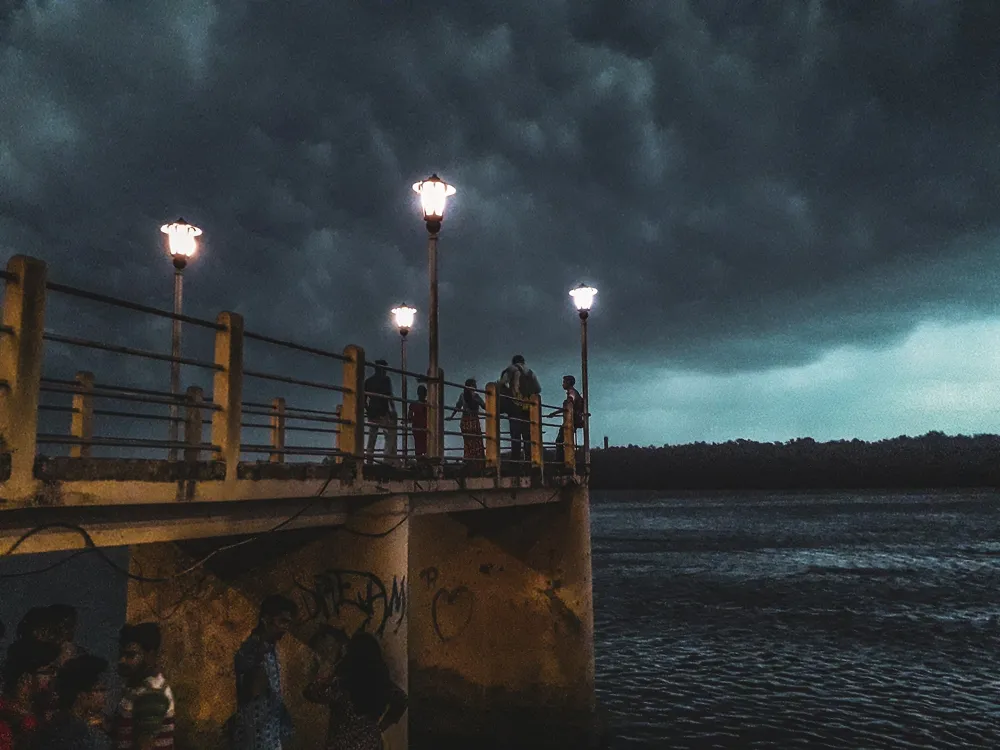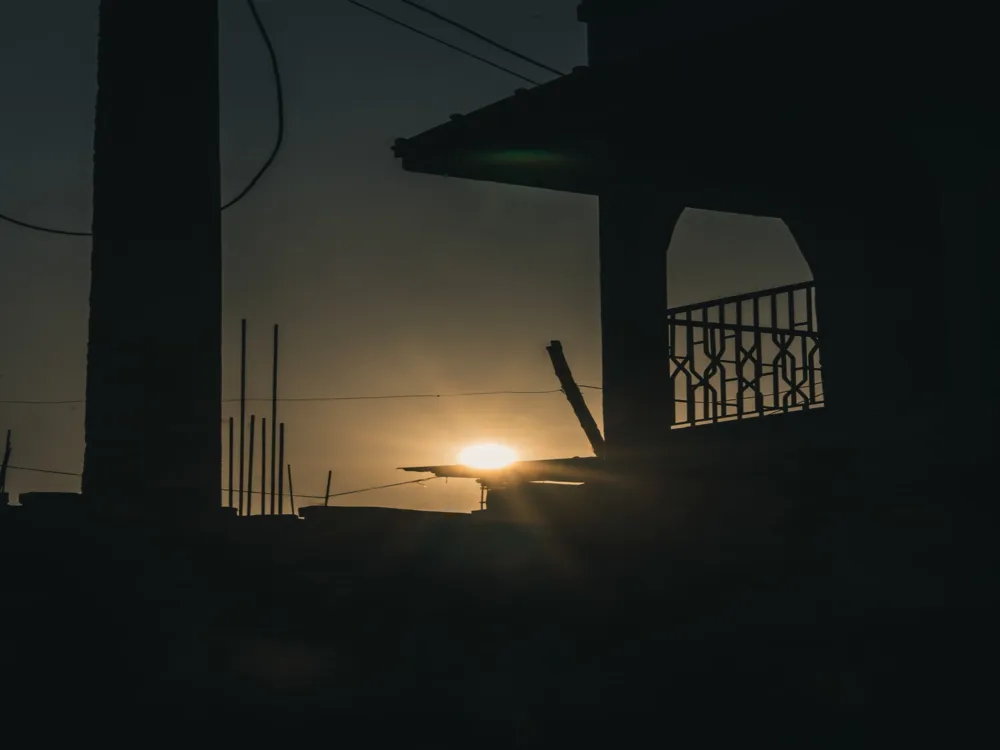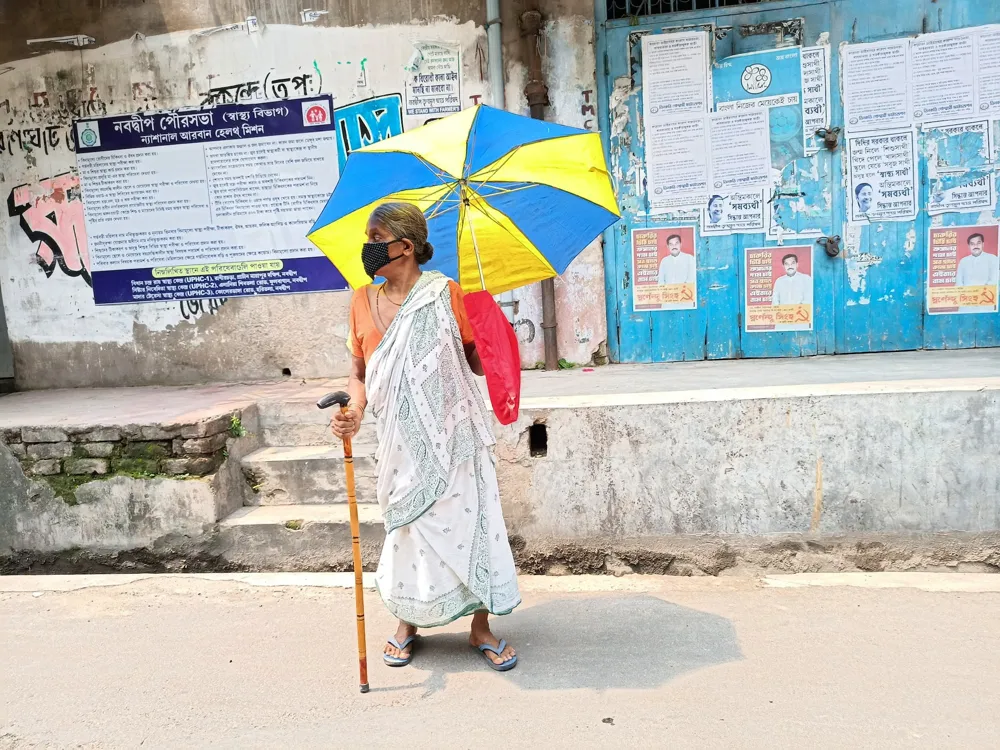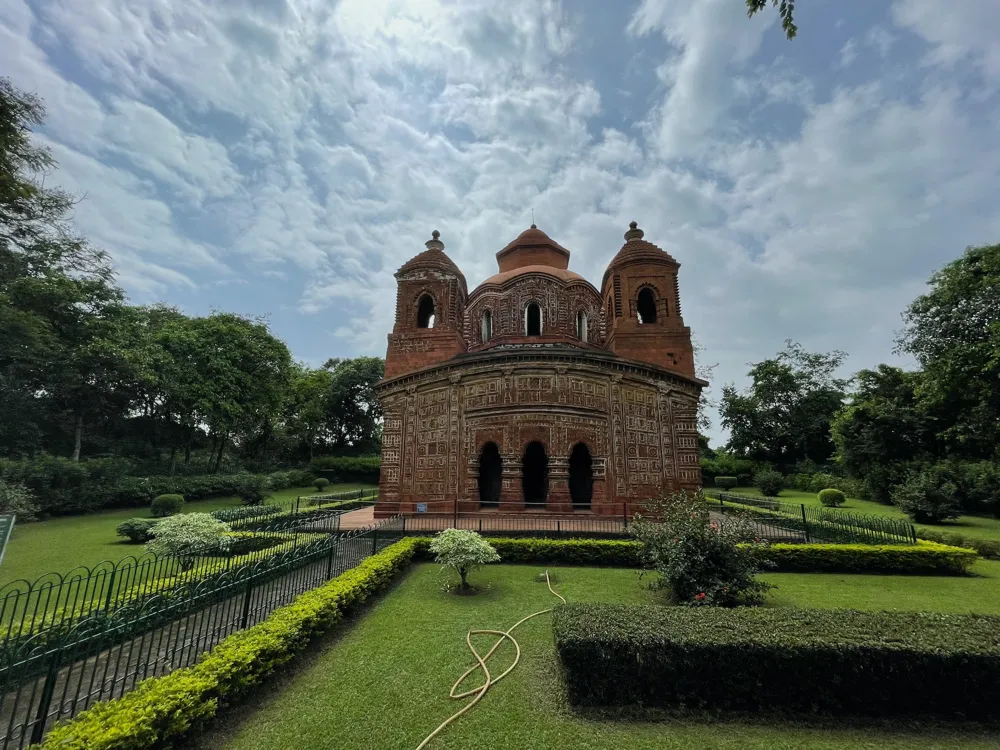Nestled in the heart of Kolkata, West Bengal, the Rabindra Sarobar Stadium stands as a beacon of sporting excellence and architectural marvel. This iconic stadium, named after the revered Nobel laureate Rabindranath Tagore, is not just a sports complex but a symbol of cultural significance and urban development in Kolkata. Rabindra Sarobar Stadium, with its lush green surroundings and serene lake, offers a unique blend of natural beauty and sporting prowess, making it a must-visit destination for sports enthusiasts and tourists alike. The stadium's inception dates back to the early 20th century, evolving over the years into a multipurpose venue hosting various sports events, cultural programs, and public gatherings. It primarily serves as a football stadium but is equipped to accommodate athletics, cricket, and other sports activities. The Rabindra Sarobar complex is an integral part of the city's sports infrastructure, contributing significantly to the development of sports in West Bengal. The stadium's proximity to the Rabindra Sarobar Lake adds to its charm, creating a picturesque backdrop for sporting events. This proximity also brings a unique environmental aspect to the stadium, with the area being home to diverse flora and fauna. The Rabindra Sarobar area is a popular spot for morning walkers, fitness enthusiasts, and nature lovers, making the stadium more than just a sports venue. Rabindra Sarobar Stadium's role in promoting sports in West Bengal is noteworthy. It has been the breeding ground for numerous athletes and sportspersons who have gone on to represent the state and the country in national and international arenas. The stadium's infrastructure, including training facilities, has played a pivotal role in this developmental journey. The stadium's architecture, with its open stands, natural lighting, and ventilation, ensures a comfortable and exhilarating experience for spectators. Its location in South Kolkata makes it easily accessible from various parts of the city, adding to its popularity. Rabindra Sarobar Stadium continues to be a significant landmark in Kolkata, representing the city's commitment to sports and cultural development. The architecture of Rabindra Sarobar Stadium is a fine example of modern design blended with functionality. The stadium's design reflects a balance between aesthetic appeal and practical utility, making it a standout example of sports architecture in India. The architectural style of the stadium is contemporary, with an emphasis on open spaces and natural elements. One of the key features of the stadium's design is its emphasis on eco-friendly construction. The use of local materials, natural lighting, and ventilation reduces the environmental impact and ensures sustainability. The stadium's layout is strategically designed to utilize the natural topography of the area, minimizing the need for artificial landscaping and allowing for seamless integration with the surrounding environment. The seating arrangement at Rabindra Sarobar Stadium is noteworthy for its viewer-friendly design. The stands are structured to provide unobstructed views from all angles, ensuring an immersive experience for the audience. The stadium's capacity, though not among the largest, is ample for hosting significant sporting events and gatherings. Accessibility is a key component of the stadium's design. The entrance and exit points are strategically placed to ensure smooth crowd movement. Facilities for differently-abled individuals are also incorporated, making the stadium inclusive and user-friendly. The stadium's infrastructure includes modern amenities like locker rooms, training facilities, and media centers, catering to the needs of athletes and professionals alike. The integration of green spaces within the stadium complex is a unique feature. The presence of trees, landscaped gardens, and proximity to the Rabindra Sarobar Lake creates a serene and refreshing ambiance, distinguishing it from conventional sports venues. This blend of nature and architecture not only enhances the aesthetic value but also contributes to the well-being of visitors and athletes. When planning a visit to Rabindra Sarobar Stadium, it's essential to check the event schedule in advance. Sporting events, especially football matches, can draw large crowds, so it's advisable to arrive early. For morning walks or leisure visits, the early hours are ideal to experience the tranquil environment. The stadium is well-connected by public transport, including metro and bus services. The nearest metro station is Rabindra Sarobar, making it a convenient option for visitors. Parking facilities are available, but they can get crowded during major events, so public transport is recommended. The stadium is equipped with basic amenities like restrooms and food stalls. However, it's advisable to carry water and snacks, especially during long events. Visitors should also be prepared for varying weather conditions; carrying an umbrella or a hat can be useful. While visiting Rabindra Sarobar Stadium, it's important to adhere to safety guidelines and crowd management protocols. Respect the stadium's cleanliness and environmental policies by avoiding littering and adhering to designated areas for eating and resting. Reaching Rabindra Sarobar Stadium is convenient due to its strategic location in South Kolkata. The most efficient way to reach the stadium is by using the Kolkata Metro, with the Rabindra Sarobar Metro Station being the closest. For those preferring buses, numerous bus routes pass through the nearby areas, making it easily accessible. Visitors can also opt for taxis or app-based ride services for a more direct route. For those driving, the stadium provides parking facilities, although it's advisable to arrive early during major events due to high demand for parking spaces. Read More:Overview of Rabindra Sarobar Stadium in Kolkata, West Bengal
Architecture of Rabindra Sarobar Stadium
Tips When Visiting Rabindra Sarobar Stadium
Planning Your Visit
Transport and Accessibility
Facilities and Amenities
Safety and Etiquette
How To Reach Rabindra Sarobar Stadium
Rabindra Sarobar Stadium
Kolkata
West Bengal
NaN onwards
View kolkata Packages
Weather :
Tags : Sporting Events & Stadiums
Time Required : 1 - 2 hrs
Planning a Trip? Ask Your Question
Kolkata Travel Packages
View All Packages For Kolkata
Top Hotel Collections for Kolkata

Private Pool

Luxury Hotels

5-Star Hotels

Pet Friendly
Top Hotels Near Kolkata
Other Top Ranking Places In Kolkata
View All Places To Visit In kolkata
View kolkata Packages
Weather :
Tags : Sporting Events & Stadiums
Time Required : 1 - 2 hrs
Planning a Trip? Ask Your Question
Kolkata Travel Packages
View All Packages For Kolkata
Top Hotel Collections for Kolkata

Private Pool

Luxury Hotels

5-Star Hotels

Pet Friendly






















